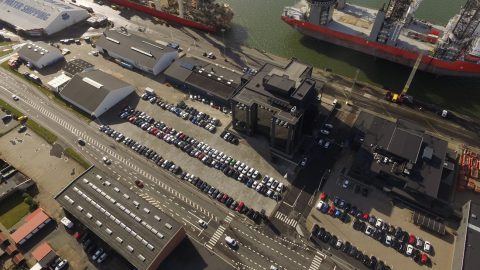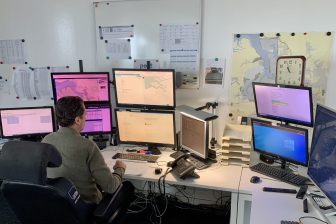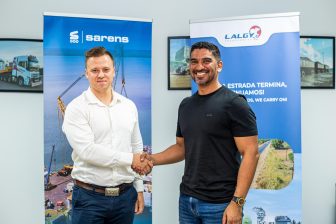
Blue Water unhappy with 2022 profit
The transport and logistics group, Blue Water, fell short of its 2022 profit estimates, with extensive investments in the wind industry hurting the group’s profit. The company did post a 37 per cent growth in turnover, driven by high freight rates.
However, according to Blue Water CEO, Søren Nørgaard Thomsen, the profit before tax of $12 million, was lower then expected, meaning the leadership was not content with the total result. “That being said, we have seen a solid and strong performance in all business units during a year presenting many challenges to the industry and our customers,” he said.
Planned development on track
Each business unit continues to develop as planned, and throughout 2022 the group expanded with a handful of offices worldwide. Overall, the number of employees has grown to accommodate current and future demands. Generally, investments in the future setup have been increased – especially in the wind segment through a joint venture: Danwind Blue Water. Through the joint venture, Blue Water is now involved in installing wind turbines – not only the transport. However, the start-up has required more significant investments than expected.
“We have a strategic ambition to expand our services within the wind industry, where we hold a strong global position in transport and logistics. The pipeline of our joint venture looks promising; however, performance deviations will occur as it primarily concerns project assignments. At the same time, we must conclude that the cooperation has not lived up to our expectations. Consequently, our investment last year was heavier than we budgeted, reducing our total group profit by several million”, says Søren Nørgaard Thomsen.
Turnover grew in 2022
Blue Water posted a turnover of $1.3 billion, 37 per cent above the $970 million reported for 2021, mainly driven by the high freight rates, especially sea freight. For this reason, the top-line growth has not filtered directly through to the bottom line of Blue Water, which is expecting a lower turnover this year while the profit will be more significant.
“The high freight rates do not give an actual reflection of our development. We focus more on volumes, level of activity and market shares. And here, we follow our strategy and focus on efficiency, consolidation and profitable growth,” says Søren Nørgaard Thomsen.
You just read one of our premium articles free of charge
Register now to keep reading premium articles.




